VOICE OVER
The second type of dubbing most used in the world of TV is the so-called Voice-over, a technique used mainly for factual programs (documentaries, candid camera, reality shows, talk shows, etc.).
Asci voice and mind dedicates an entire department to this type of dubbing, which in turn can be divided into three different techniques:
- off-screen narration: the original language is imperceptible because it is replaced by the voice actor’s off-screen narration.
- over sound: the voice in the original language is heard for a few seconds, before being covered by the voice of the voice actor. The original volume is lowered so that the viewer can clearly hear the dubbed content, while at the same time managing to perceive the original audio in the background.
- simil sync: the original language can still be heard at a very low volume, but the duration of the dubbing is the same as the original. Even the breaks, laughter, tears, etc., are all doubled.
Compared to Lip Sync dubbing, voice-over has a major advantage – the reduction in recording costs, due to three factors:
- The first is the lack of lip synchronization, which makes the sessions less laborious and the overall costs lower.
- The second is the lowering of the number of voice actors used, because in Voice-over dubbing the same voice is often used for multiple characters.
- Finally, the third factor that allows a reduction of cost is the less time needed for translation. In fact, while in Lip Sync it is essential to respect not only the translation but also the lip movements, in voice-over this does not happen. This allows a more literal but particularly accurate translation and is therefore more suitable for videos containing more difficult and specialist terminologies.
Asci voice and mind boasts numerous professional translators, thus offering a variety of services regarding the Voice-over sector: translation, script adaptation and revision, and dialogue transcription.



